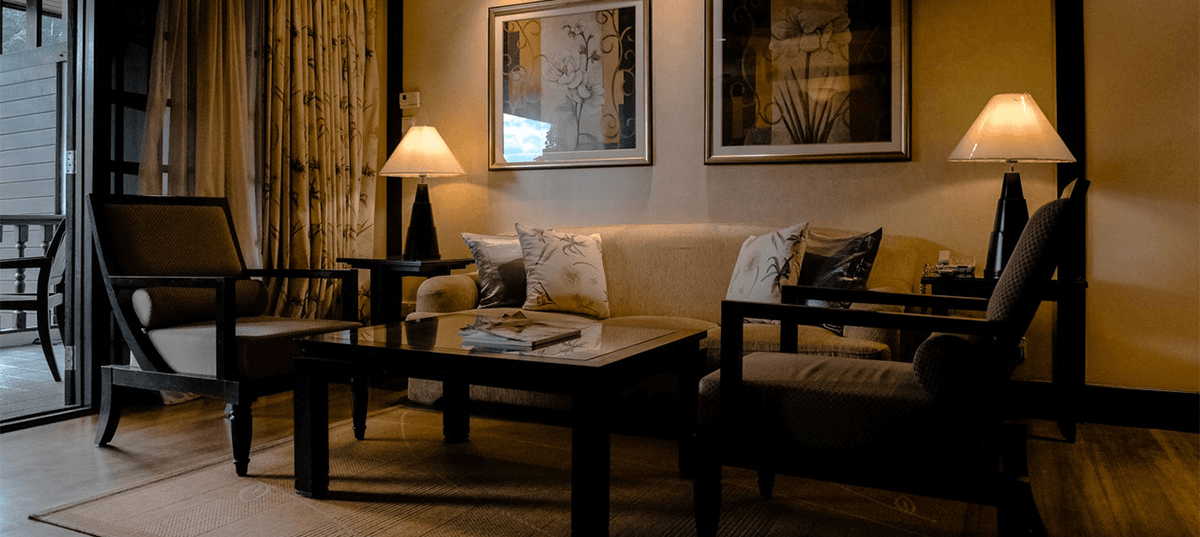Decorating in Transitional Style
December 2021
If you find yourself straddling the line between classic and contemporary styles of decor, you don’t have to choose one or the other. Transitional style is just what you’re looking for. It pairs the classic, time-tested appeal of a traditional look with the clean silhouettes and understated color palette of contemporary style. While that may sound a bit daunting for non-designers, it all comes down to knowing what aspects of a room should be traditional, which should be contemporary, and which should be a mix of both. For example, its best to go traditional with furniture layout but contemporary with your lighting. And while we’d never say these rules can’t ever be broken, it’s best to think of them as “guardrails” on your journey to fabulousness.
Elements that should be traditional
- The layout of your furniture
- Window treatments. While most people these days lean toward blinds and shades, this is a case where curtains can provide tremendous balance between styles.
- The “resort look.” Think about the sumptuous details of a five-star resort. Shams, throws, nail heads, upholstered beds, etc.
Elements that should be contemporary
- Color pallet. Yours should be soft and neutral with a few bold pops of color brought in by accent pieces
- Contemporary fixtures aren’t as dominant in a room as furniture…until you turn them on.
- Limited accent pieces. Think clean, not cluttered.
Elements that should be mixed
- Accent chairs. The less matchy-matchy they are the better, so mix it up.
- Knobbier, bulkier legs are likely to read traditional, while sleeker, straighter ones will be more modern. Use both for balance.
- Don’t just mix styles of furniture, but lines. Curved pieces with straight pieces.
- Layer both types on top of each other.
- Traditional and contemporary design don’t overlap in many places, but the use of leather is definitely one of them.

